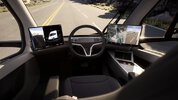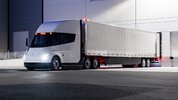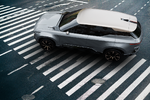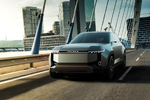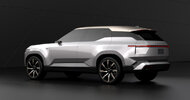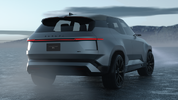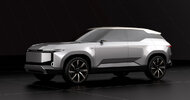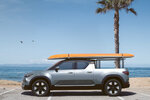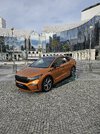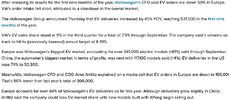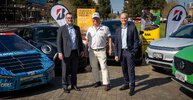- Joined
- 3 July 2009
- Posts
- 28,170
- Reactions
- 25,408
In Norway, they have charge stations on the kerb, like parking meters.The technical ease of doing it depends on circumstances but if it's overhead mains, and there's low voltage (230/400V) on that pole then it's dead simple.
Not so simple if it's underground mains and the pole is just a streetlight. It may or may not have constant supply, different authorities did that in different ways, and even if it does capacity may not be adequate.
Also very problematic if it's overhead mains but only HV (High Voltage - generally 11,000V or above) is on that pole.
So overall a lot could be done yes but not all.
They appear to be 7kW untethered chargers, so the user has to use their own ccs2 cable.
I will post up a picture when I can use something other than the phone to post. Lol


